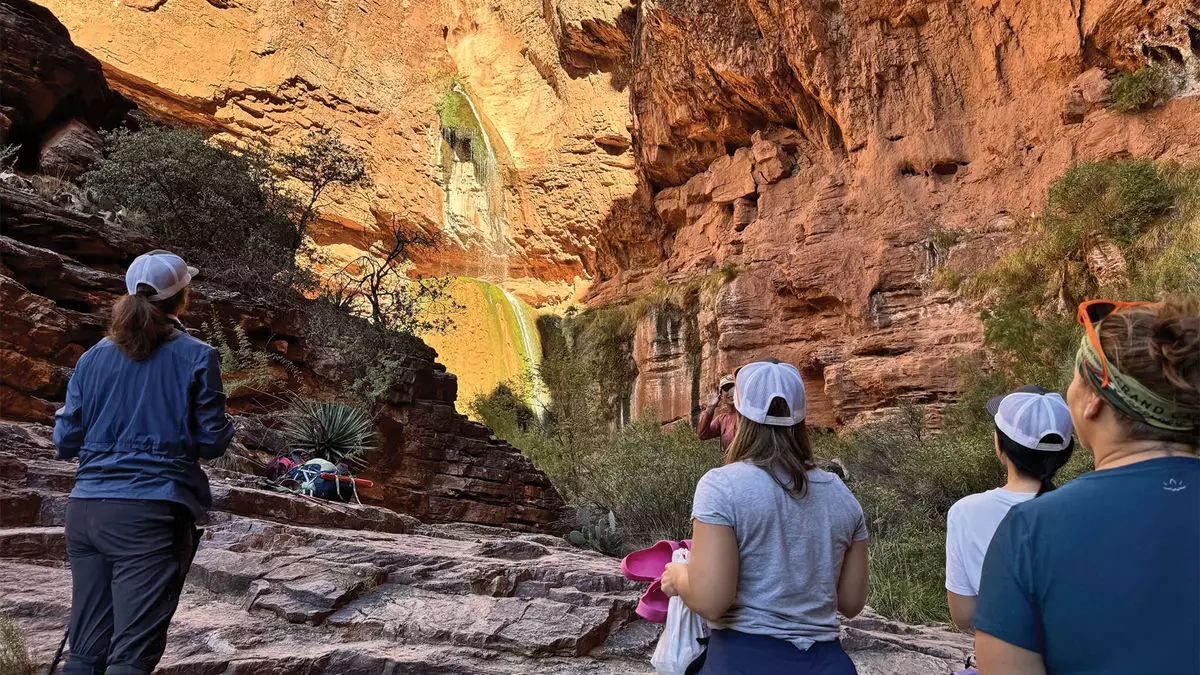The recent decision by the Trump administration to lay off 1,000 National Park Service employees has raised significant concerns among tour operators and stakeholders in the tourism industry. As we approach the peak summer season, the departure of these workers has prompted apprehension about the potential disruptions in park operations, visitor experiences, and the overall health of tourism-dependent communities. This article delves into the ramifications of these layoffs, focusing on the reactions from tour operators, the impact on local economies, and the measures being taken to mitigate disruptions as the busy season draws near.
Initial Reactions from Tour Operators
Tour operators catering to national park visitors are at the forefront of expressing anxiety over the layoffs. While some operators expressed optimism based on reassurances from their concession partners, the realities on the ground tell a different story. Scott Cundy, co-founder of Wildland Trekking, identified specific concerns regarding the diminished capacity of park staff to manage crucial functions such as permits and compliance with regulations. His company offers numerous hiking and backpacking excursions, and uncertainty surrounding processing times for essential permits could severely hinder operational efficiency.
Moreover, Catherine Prather, president of the National Tour Association, reported alarming anecdotes from a receptive operator who canceled multiple itineraries due to unexpectedly low bookings—an indirect consequence of the layoffs. Such cancellations not only impact individual businesses but also represent a larger trend of hesitation among travelers considering trips to national parks, highlighting the intricate web of interactions that define the tourism industry.
The economic implications of the layoffs extend beyond the immediate concerns of tour operators. Gateway communities, which rely heavily on tourism, could experience significant financial repercussions from reduced visitor numbers and canceled tours. In 2023, park visitors contributed an estimated $26.4 billion to these local economies, supporting hundreds of thousands of jobs and generating substantial economic output. When tours get cut and park services are limited, the ripple effects could lead to detrimental outcomes for local businesses, tour guides, charter services, and other entities tied to national park tourism.
Reports of reduced hours and closed visitor centers in several parks further amplify these concerns, raising the question of how these decisions may impact tourists’ plans. As Ms. Prather noted, the uncertainty across the board may discourage travelers from visiting national parks altogether, leading them to seek alternative destinations or skip trips entirely. The cumulative loss of revenue not only hurts the park service itself but also threatens the livelihoods of those dependent on its success.
Despite the challenges posed by the layoffs, some tour operators are attempting to adapt and reassess their strategies. Companies such as Sunrise Tours and Tauck have engaged with their partners to evaluate the impact of staff reductions on their itineraries and guest experiences. While many have not experienced cancellations yet, they are acutely aware of the potential for increased wait times, cleanliness issues, and reduced availability of services within the parks.
Caleb Lawson of Sunrise Tours underscores the validity of concerns regarding entrance lines and overall visitor satisfaction as the summer months approach. Despite initial trepidations, there remains a sense of cautious optimism from some operators after discussions with concession partners, suggesting that operational continuity may be feasible if adjustments can be made to accommodate the reduced workforce.
Moreover, while the administration indicated plans to hire seasonal workers to mediate some of the impact of the layoffs, the effectiveness of this strategy is yet to be seen. Seasonal hires typically don’t provide the continuity and experience that full-time staff offer, and therefore the effectiveness of these measures may be limited.
As we stand at the crossroads of the tourist season, it is evident that the layoffs of National Park Service employees have far-reaching implications that extend beyond employee counts. Stakeholders across the tourism industry must engage in dialogue, strategize, and implement adaptive measures to navigate this daunting landscape. With the future of park operations hanging in the balance and communities bracing for potential setbacks, there is an urgent need for collaboration and innovative solutions to ensure the preservation of national parks as vital resources—not just for their ecological value but also for the vast economic ecosystem they support.


Leave a Reply